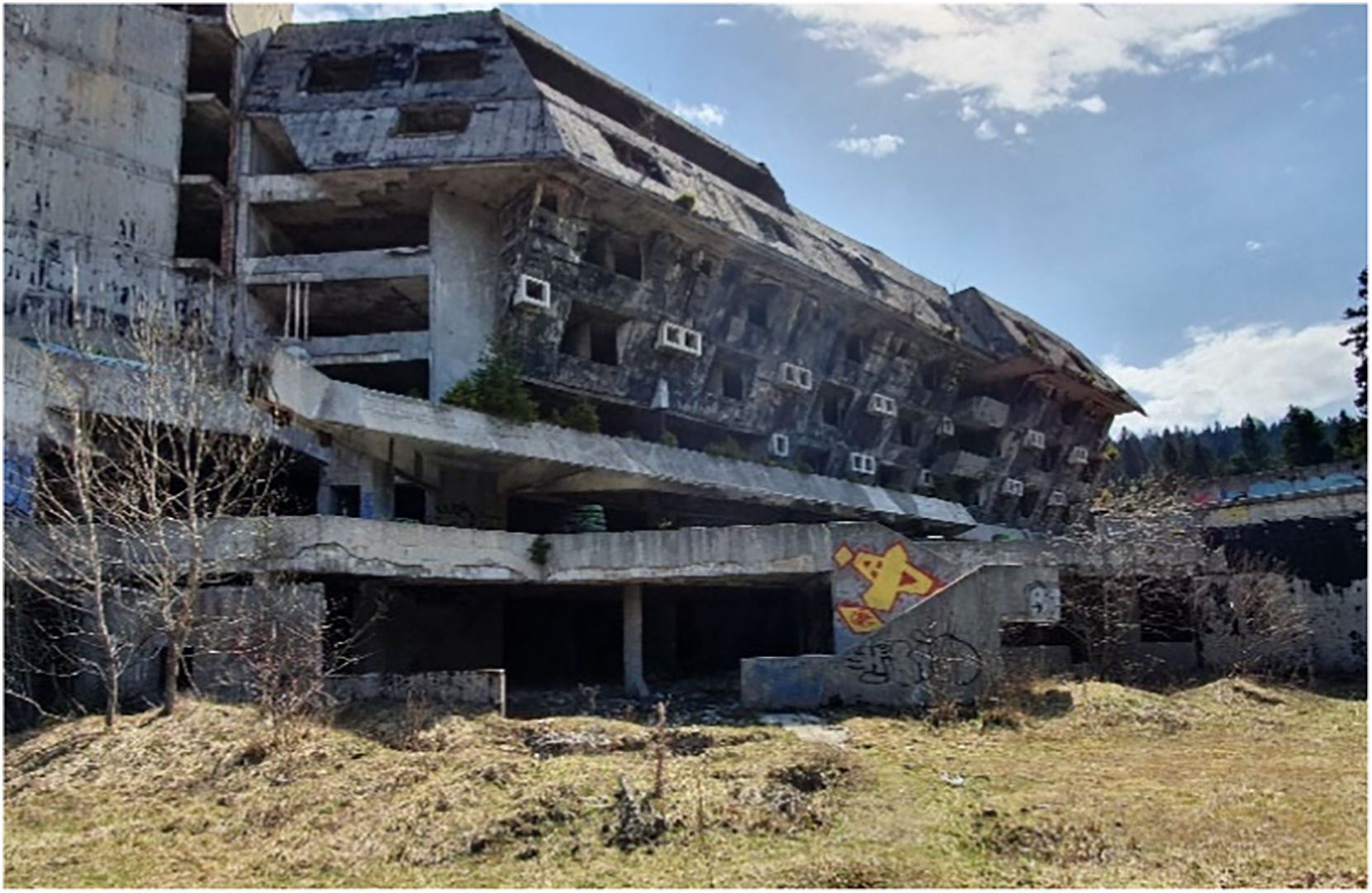
In times of countless debates over place identity in the global urban system, the Olympics generate transitory uniqueness, difference and localization in space and time, while at the same time stamping the locations with new landmarks and identities offering a vision of symbolic and participatory community.
An evaluation of the Olympic Villages
- Mega-events as a point of reference in city transformation is analyzed.
- Winter Olympic Games implies testimony of enduring legacy that must be studied in more detail.
- Contested futures of the Sarajevo 1984 Olympic legacy is explored.
- Olympic residences identified as one of the great Sarajevo's urban and architectural projects.
- Sarajevo recognized as a space of authentic Olympic imagination.
Sarajevo, the capital of Bosnia and Herzegovina, is a unique setting for studying Olympic legacy, a city that hosted XIV Winter Olympic Games in 1984 and only eight years after was home to the longest siege of a capital city in the history of modern warfare. Aiming to contribute to the debate on mega-events from an urban studies perspective, this research reconstructs one segment of the shared history of the Winter Olympic Games through the Sarajevo 1984 Olympics experience, and as such strengthens respect and understanding through trans-national practices. The concept of Olympic urbanization is engaged to probe the ways in which divergent concepts of modernization and socialist regime in Yugoslavia conditioned Sarajevo Olympic urbanization, territorial transformation, and architecture. Special attention is given to evaluation and critical re-imaging of the Sarajevo Olympic Villages within context of local urban and architectural concepts and of their functioning under the new state of things which has arisen since the 1984. Accordingly, the work shifts attention to tracing the spirit of Olympism and provides a critical analysis perspective on the changing nature of Sarajevo Olympic legacy discourse in line with the current framework of Olympic Games.
You can access the full article from https://authors.elsevier.com/a/1bl%7Efy5jOgr6L